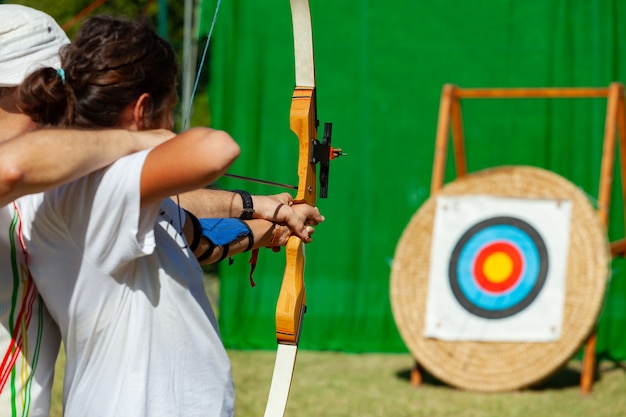Kimberly L. Winters is a longtime Virginia educator with experience spanning curriculum support and mentorship. Having traveled extensively in locales from China to the Dominican Republic, Kimberly L. Winters has her sights set on exploring Europe’s cultural sights.
A historical destination in Spain’s Andalusia region, Sevilla is the country’s fourth largest city. The vibrant metropolis has roots extending to Hispalis, a Roman settlement founded on the Guadalquivir river in the 8th century AD. Within a century, the region was under control of Moors from North Africa, and this period lasted through the 13th century. One unique remnant of this period is the Real Alcazar, a Moorish fort of intricate tile work, soaring arches and columns, and tranquil gardens, which was ultimately converted into a palace.
Another unique sight is the Plaza de Espana, which was conceived nearly a century ago for the Ibero-American Expo and stands as one of the landmark city squares of Europe. Among the exceptional landmarks, in Renaissance Revival and Mudejar architectural styles, are the Teatro Lope de Vega and the Hotel Alfonso XIII. The adjacent Maria Luisa park houses a renowned archeology museum that explores the pre-history of the region.
Sevilla is also known for its vibrant live flamenco music and dance performances at storied venues such as El Palacio Andaluz Tablao El Arenal. The charming Triana neighborhood houses intimate flamenco venues, as well as tapas and wine bars, with one preferred destination being the Museo del Baile Flamenco.


